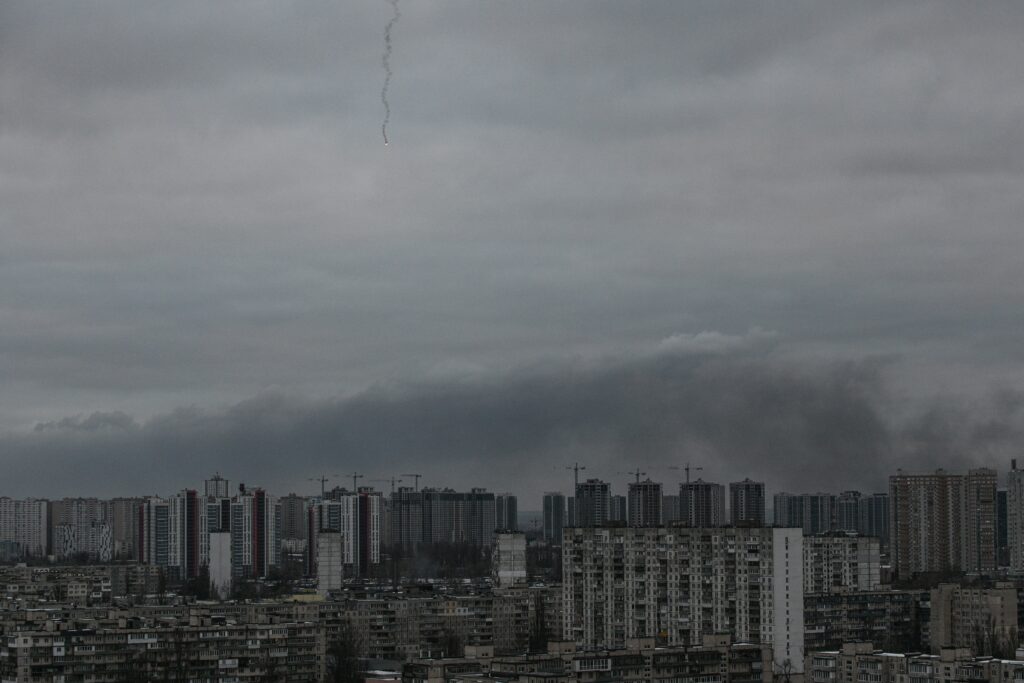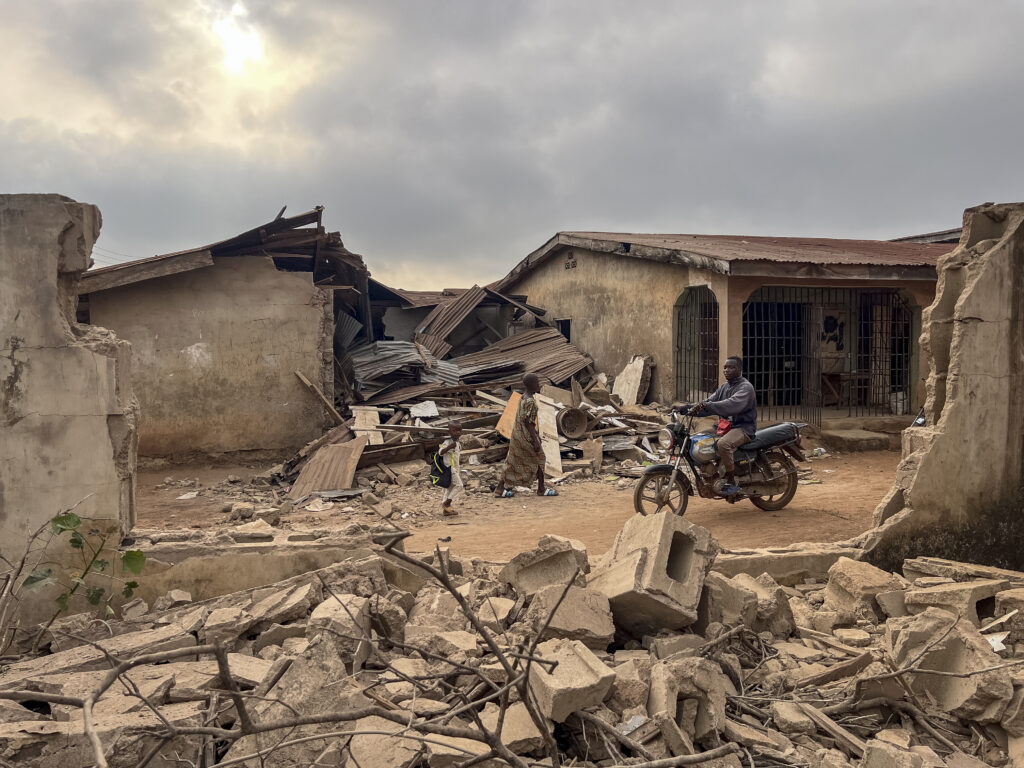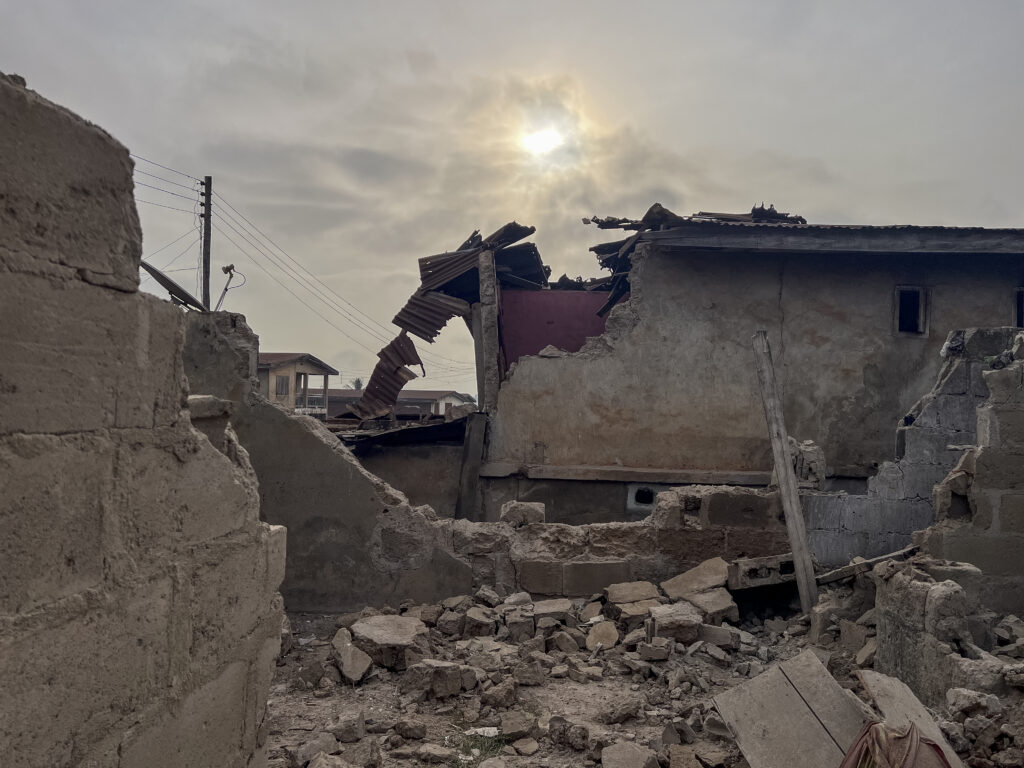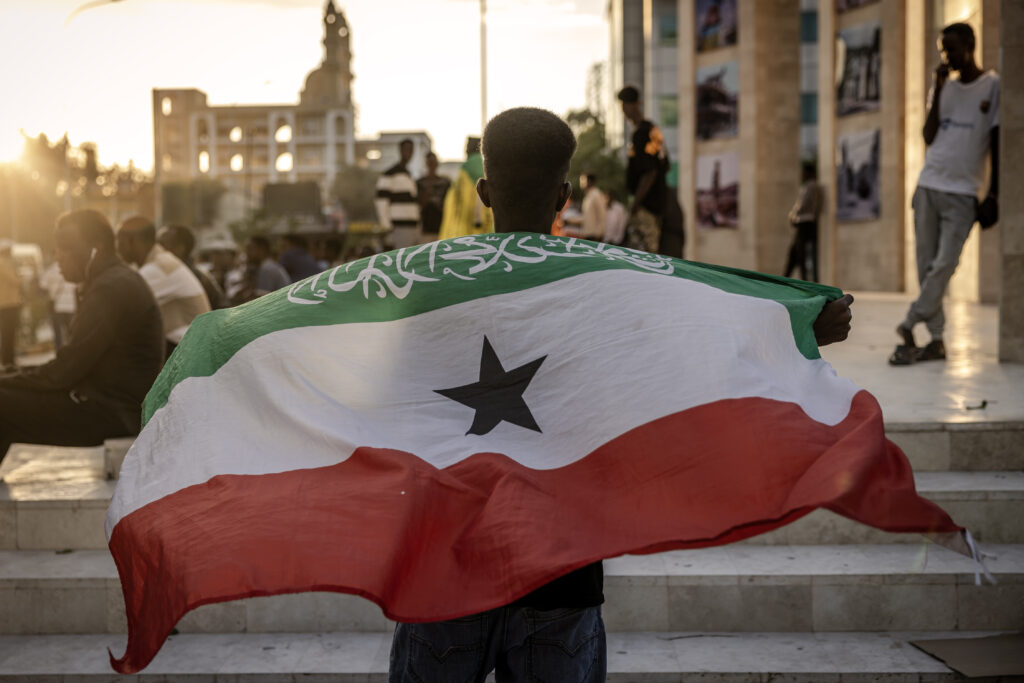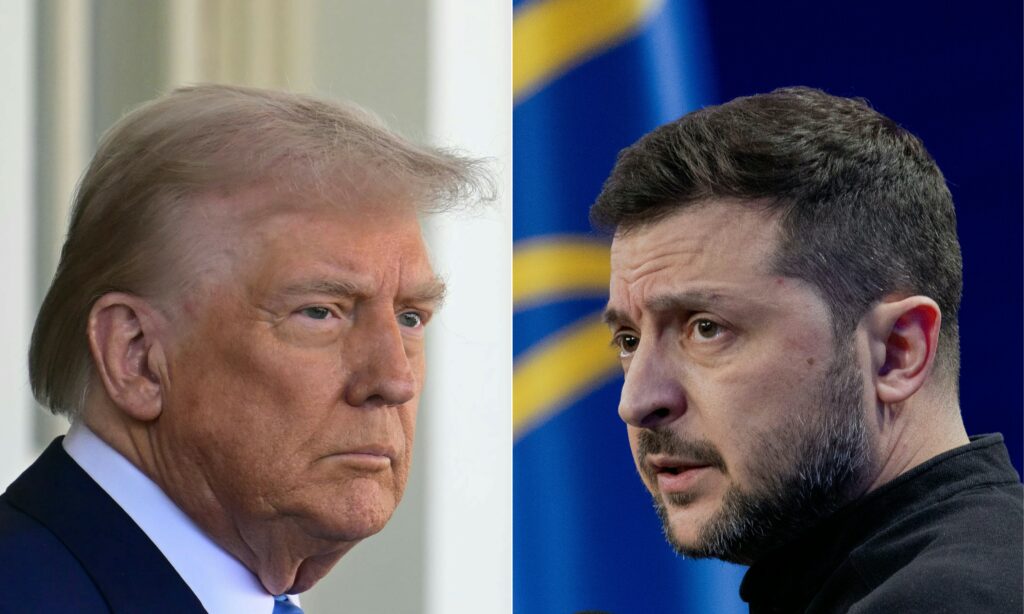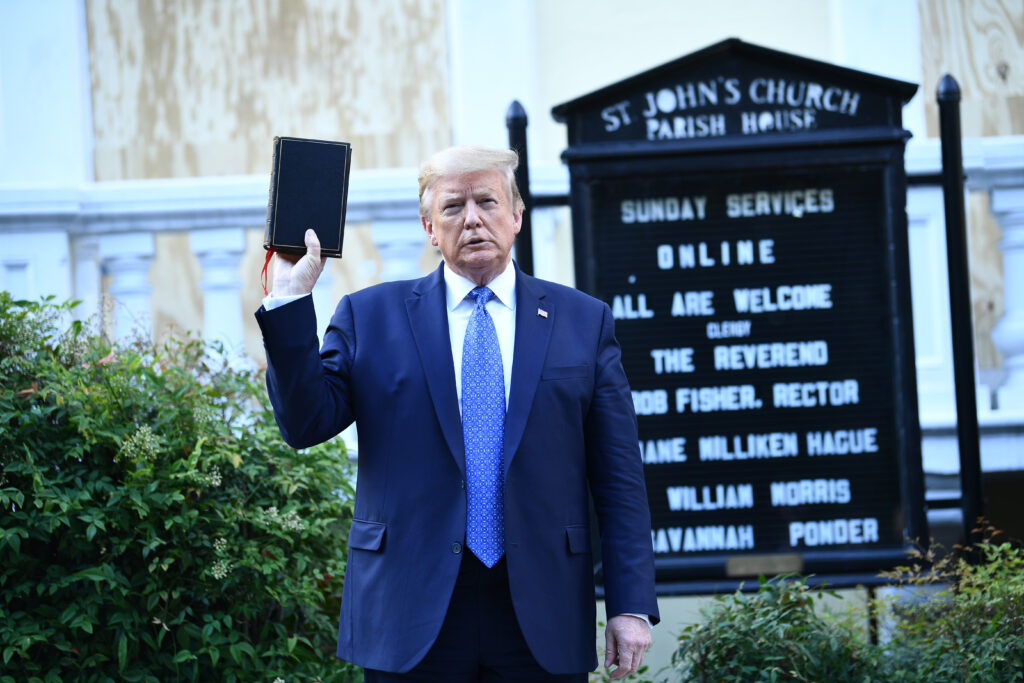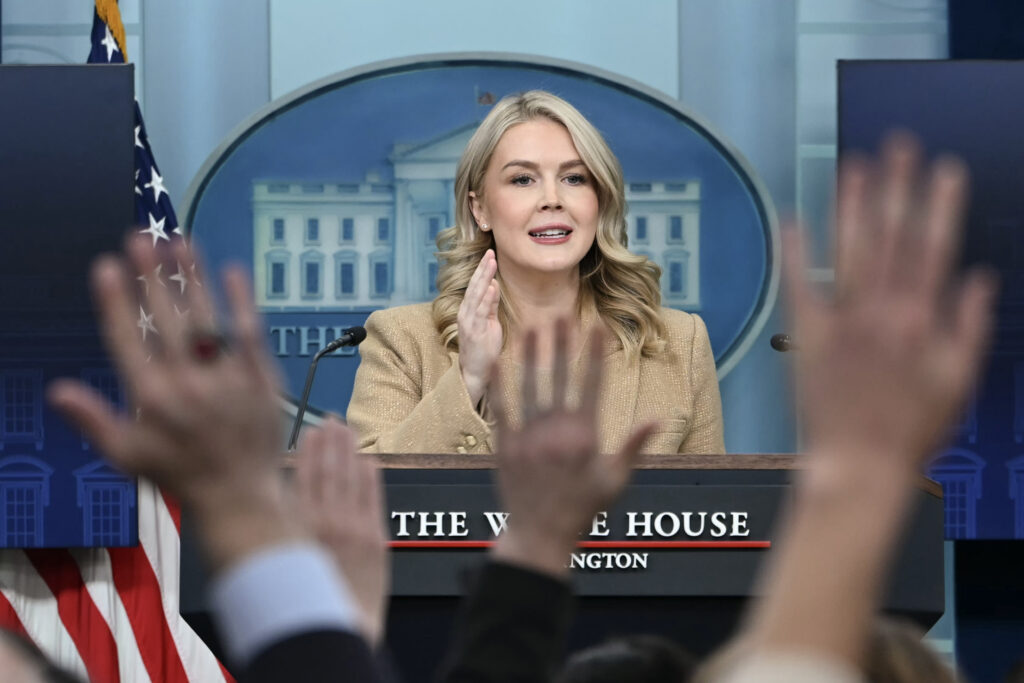Russia pummels Kyiv ahead of Zelensky’s US visit
Russia pummelled Ukraine’s capital with drones and missiles on Saturday as President Volodymyr Zelensky was headed to the US to meet with President Donald Trump. Zelensky said the attack showed Russia did not want to end its invasion launched in February 2022 that has left tens of thousands dead.Ahead of Zelensky’s talks in Florida with Trump on Sunday, Russia said Kyiv and its EU backers were trying to “torpedo” a previous US-brokered plan to stop the fighting. The barrage of drones and missiles killed two people, wounded dozens and cut power and heating to hundreds of thousands of Kyiv region residents during freezing temperatures, Ukraine authorities said.Some 2,600 residential buildings were hit in the attack, as well as more than 300 schools, pre-schools or social services buildings, Kyiv mayor Vitaliy Klitschko said.Zelensky said some 500 drones and 40 missiles had pounded the capital and its surrounding region.”Russian representatives engage in lengthy talks, but in reality, Kinzhals (missiles) and Shaheds (drones) speak for them,” he said. “They do not want to end the war and seek to use every opportunity to cause Ukraine even greater suffering,” he added. Just as Zelensky departed for the US, Ukraine’s anti-corruption agency announced a new probe in which it said some MPs were implicated. It tried to raid parliamentary offices but was blocked by security personnel.During the Russian onslaught, which lasted 10 hours, AFP reporters in Kyiv heard loud explosions, some accompanied by bright flashes that turned the sky orange.The Russian army said it used hypersonic missiles and drones to target infrastructure and energy facilities “used in the interests of the armed forces of Ukraine”, as well as military sites. Ukrainian Prime Minister Yulia Svyrydenko said the attack left about 600,000 people without power while authorities said apartment blocks, a university dormitory and a petrol station had been among buildings hit. Neighbouring Poland, a NATO member, scrambled jets and put air defences on alert during the attack, the Polish military said on social media.Air traffic at two airports in Poland near the Ukrainian border were temporarily suspended during the strikes, the country’s air navigation agency said.- Florida talks -Sunday’s meeting in Florida is to focus on a new, 20-point plan that would freeze the war on its current front line but could require Ukraine to pull back troops from the east, where demilitarised buffer zones could be created, according to details revealed by Zelensky this week.The new plan, formulated with Ukraine’s input, is Kyiv’s most explicit acknowledgement yet of possible territorial concessions, and differs markedly from an initial 28-point proposal by Washington last month that adhered to many of Russia’s core demands.Trump, speaking to news outlet Politico on Friday, said of Zelensky’s plan that “he doesn’t have anything until I approve it”. He added: “So we’ll see what he’s got.” Part of the plan includes separate US-Ukraine bilateral agreements on security guarantees, reconstruction and the economy. Zelensky said those were changing daily.”As for sensitive issues, we will discuss (the eastern region of) Donbas and the Zaporizhzhia nuclear power plant,” he added.On the way to the US, Zelensky was making a stopover in Canada and was to speak in a video call with EU allies, he said.Zelensky added Saturday that the aim of talks was to reduce unresolved issues to a minimum.”Of course, today there are red lines for Ukraine and Ukrainian people. There are compromise proposals. All of these issues are very sensitive,” he said on X.Meanwhile, Ukraine needed European and US support to acquire weapons and funds, both of which were insufficient, Zelensky said — “in particular for the production of weapons and, most importantly, drones”.In negotiations, Ukraine’s “most important consideration — if we take certain steps — is that security guarantees should be strong and we should be protected”, he said.Zelensky added that Ukraine was working with the US on a roadmap for the country’s reconstruction which he said will require $700 billion to $800 billion.
